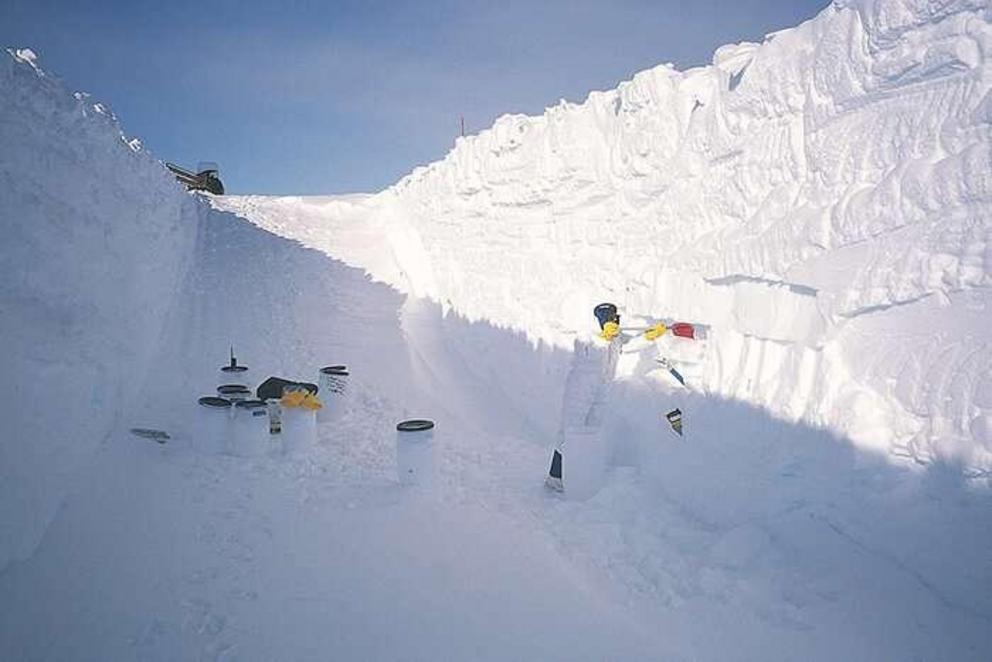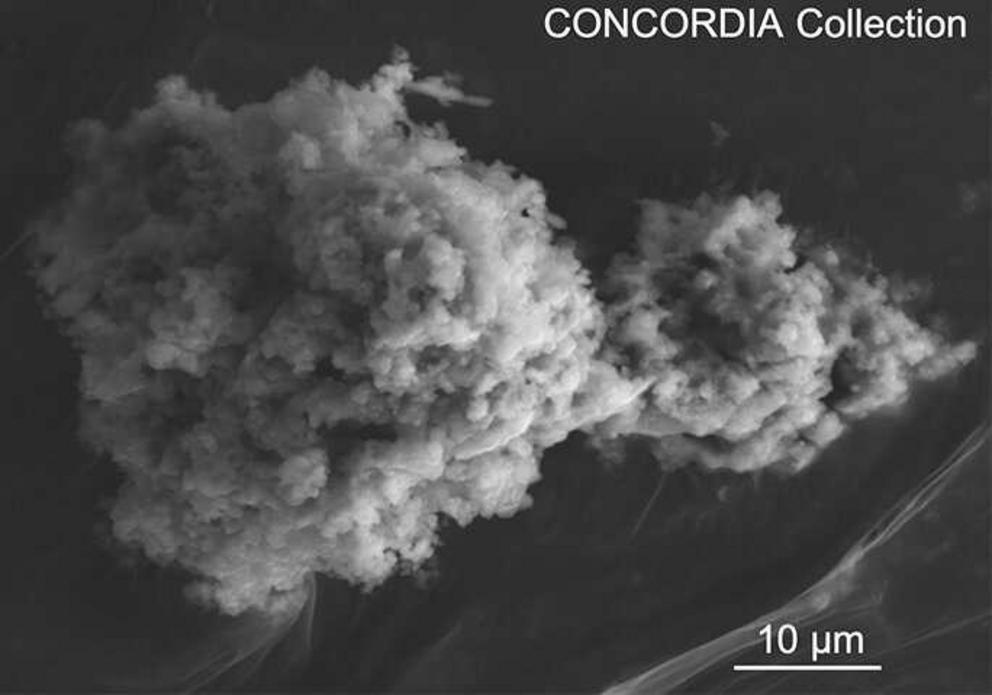More than 5,000 tons of extraterrestrial dust fall to Earth each year
Every year, our planet encounters dust from comets and asteroids. These interplanetary dust particles pass through our atmosphere and give rise to shooting stars. Some of them reach the ground in the form of micrometeorites.
An international program conducted for nearly 20 years by scientists from the CNRS, the Université Paris-Saclay and the National museum of natural history with the support of the French polar institute, has determined that 5,200 tons per year of these micrometeorites reach the ground. The study will be available in the journal Earth & Planetary Science Letters from April 15.
Micrometeorites have always fallen on our planet. These interplanetary dust particles from comets or asteroids are particles of a few tenths to hundredths of a millimeter that have passed through the atmosphere and reached the Earth's surface.
To collect and analyze these micrometeorites, six expeditions led by CNRS researcher Jean Duprat have taken place over the last two decades near the Franco-Italian Concordia station (Dome C), which is located 1,100 kilometers off the coast of Adélie Land, in the heart of Antarctica. Dome C is an ideal collection spot due to the low accumulation rate of snow and the near absence of terrestrial dust.
These expeditions have collected enough extraterrestrial particles (ranging from 30 to 200 micrometers in size), to measure their annual flux, which corresponds to the mass accreted on Earth per square meter per year.
If these results are applied to the whole planet, the total annual flux of micrometeorites represents 5,200 tons per year. This is the main source of extraterrestrial matter on our planet, far ahead of larger objects such as meteorites, for which the flux is less than ten tons per year.

Collecting micrometeorites in the central Antarctic regions, at Dome C in 2002. Snow sampling. Credit: © Jean Duprat/ Cécile Engrand/ CNRS Photothèque
A comparison of the flux of micrometeorites with theoretical predictions confirms that most micrometeorites probably come from comets (80%) and the rest from asteroids.
This is valuable information to better understand the role played by these interplanetary dust particles in supplying water and carbonaceous molecules on the young Earth.

